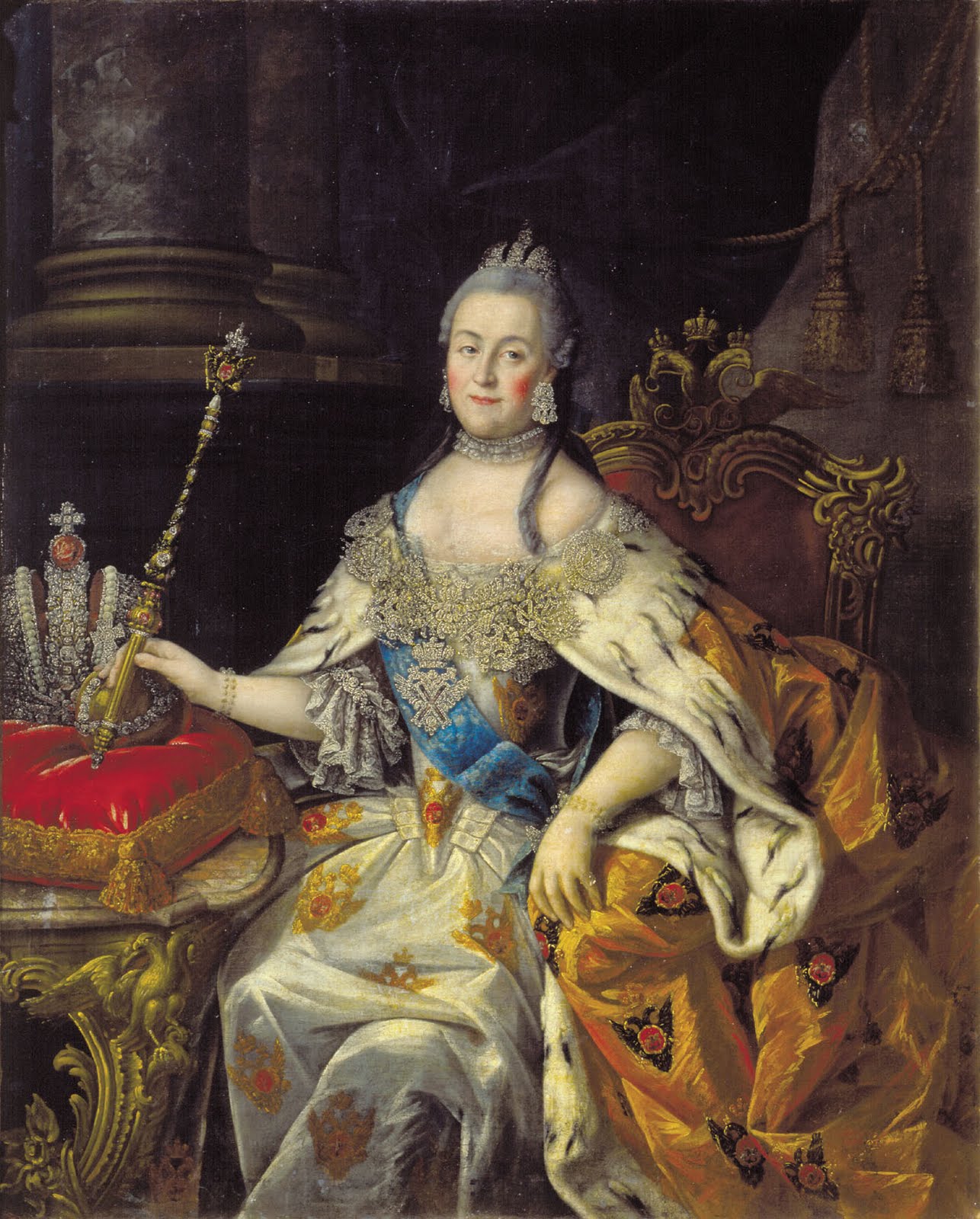The Roman Catholic Church
The Catholic Church is the oldest institution in the western world. It can trace its history back almost 2000 years.
Today there are more than a billion Catholics in the world, spread across all five continents with particular concentrations in southern Europe, the United States, the Philippines and the countries of Central and South America. What binds this diverse group of people together is their faith in Jesus Christ and their obedience to the papacy.
Continue reading Post ID 25690













































You must be logged in to post a comment.